Introduction
The thrilling process of commission a body for a custom car turns a plain old car into a unique work of art. Though exciting, this procedure necessitates a deep comprehension of numerous technical and creative facets. Every stage of the procedure, from start to finish, calls for meticulous thought and cooperation with knowledgeable artisans. Creativity and engineering must be combined to create something original, even when attempting to recreate a classic design.
Before embarking on your journey, you must understand every detail, from knowing how to mix design and function to choosing the suitable materials. In this comprehensive guide, we’ll lead you through every step of commissioning a body for a custom car, offering guidance and insights to help you carry out your idea accurately and stylishly.
Defining Your Vision: What Do You Want in a Custom Car Body?
Knowing precisely what you want before commissioning a body for a custom car is essential. This vision serves as the project’s cornerstone, guiding design decisions and ensuring that the final product accurately represents your objectives. First, choose the overall look you hope to achieve. Which look—a sleek, contemporary one or a classic, vintage one—are you looking for? Think of specific design elements like the body’s shape, the materials used, and unique features like custom-painted or customized interiors.
Think about your custom automobile body’s utility in addition to its appearance. What is the car supposed to be used for? Will it be a daily driver, a showcase, or a high-performance vehicle? These factors will affect aerodynamics, weight distribution, and structural integrity decisions. Additionally, pragmatic factors like timeliness and budget should be considered. Going through the process and preventing unforeseen obstacles will be easier if you have a realistic grasp of your resources and limitations.
Ultimately, creating a vision statement involves balancing imagination and pragmatism. Spend some time experimenting with various looks, gathering ideas, and speaking with professionals who can help polish your concepts. If you have one, the construction team will be better able to realize your vision for your custom car, so your distinct sense of style and individuality will be accurately reflected in the finished product.
Choosing the Right Designer: Finding the Perfect Fit for Your Project
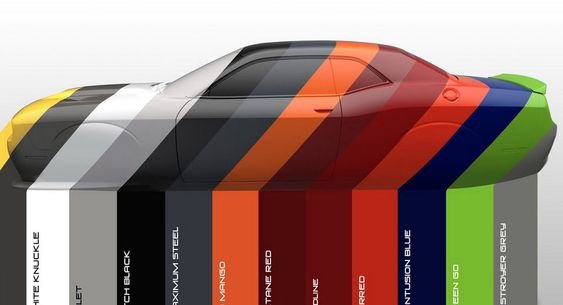
A crucial first step in realizing your concept for a custom car is choosing the appropriate designer to commission a body. Find a designer who understands your aims and shares your aesthetic, as their style, knowledge, and approach will significantly impact the finished product. Investigate possible designers or design companies with a solid portfolio of custom automotive projects. Find a work that reflects your vision: experimental innovation, vintage elegance, or slick modernism.
When assessing designers, consider their experience and area of expertise. While some might be better at specific looks or car models, others might be more versatile. It’s also critical to evaluate their communication ability and willingness to work together. A designer who can translate your vision into a workable design, listen to your ideas, and provide constructive criticism is essential for a successful collaboration.
Consultations and interviews are excellent ways to determine compatibility. Inquire about their design methodology, schedule, and problem-solving strategies. Please discuss your spending plan and ensure it accommodates your needs without sacrificing quality. A competent designer will also have access to a network of reliable suppliers and trained artisans, which will expedite the work and guarantee excellent results.
What makes a good designer is eventually finding a professional with the requisite technical skills and competence and sharing your excitement and love for the project. Selecting the right fit designer can lead to a successful collaboration and an efficient and aesthetically beautiful custom car body.
Also Read | Mobility Scooter Cars: A Guide to Navigating Public Roads
The Consultation: Collaborating with Your Designer to Bring Your Vision to Life
The consultation stage links your vision and the designer’s experience. It is crucial when commissioning a body for your customized vehicle. In this collaborative session, concepts are developed, design ideas are polished, and real-world issues are discussed. To guarantee a fruitful consultation, bring comprehensive notes on your idea, sketches, reference photos, and a concise description of your objectives and preferences.
Be upfront with your ideas and expectations during the meeting. Talk about the design aspects you want, like the materials, body shape, and unique characteristics. Paying attention to what your designer has to say is equally vital. They can address potential obstacles, male enhancement suggestions, and offer insightful information about what is feasible. A talented designer will walk you through the technical parts, balancing practicality and beauty and ensuring your concept is achievable.
Be ready to participate in in-depth conversations regarding the budget and schedule. It’s best to set reasonable expectations and make any required adjustments during the session. Examine budgets and project schedules and ensure you understand any terms or agreements about the design and fabrication process.
Successful project collaboration begins with efficient teamwork during the consultation stage. By encouraging open communication and mutual understanding, you and your designer can collaborate to turn your concepts into a comprehensive design blueprint, opening the door for the production of a custom automobile body that precisely matches your vision.
Design and Approval: From Sketches to 3D Models
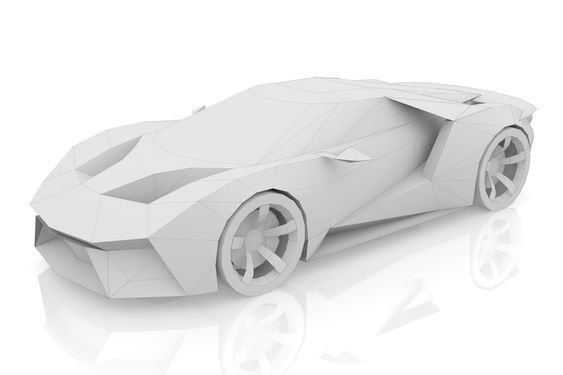
Commissioning a body for your bespoke car involves a critical step when basic sketches are transformed into intricate 3D models. This stage entails turning your abstract concepts into concrete, accurate designs that will direct the manufacture of your personalized car body.
Usually, the process starts with rudimentary sketches that depict the fundamental contours and styling cues of your car’s body. These rough sketches serve as a foundation for more detailed work and are crucial for helping you visualize your ideas. At this stage, you will go over and improve these sketches together with your designer, making changes in response to your input and preferences.
After the completed sketches, the next step is to make 3D models. The designer will create a digital model of your unique automobile body using cutting-edge design software. These 3D models help you understand the design, examine angles, measure sizes, and how different elements work together. This stage is crucial for identifying potential design flaws and ensuring the final product meets your standards.
The approval process includes a thorough inspection of the 3D models. Use this chance to examine each detail, from the tiny details to the overall contour. To ensure the model faithfully captures your idea, review any issues or changes with your designer. You will grant final approval after you are happy with the design, indicating the start of the next stage of manufacture.
During the design and approval phase, careful attention to detail and efficient communication are essential to ensure that the custom car body meets your needs and expectations. Once you have carefully examined the sketches and 3D models, you can move on with confidence, knowing that your idea is on its way to becoming realized.
Material Selection: Choosing the Best Materials for Durability and Aesthetics
Choosing the suitable material for your custom vehicle body significantly influences the vehicle’s strength and stylish allure. The materials you select will affect the car’s life span, usefulness, general look, and feel.
Durability and Performance
Contemplate what the materials you pick will mean for the vehicle’s usefulness and life span. Aluminum, carbon fiber, and fiberglass are ordinary materials. Since it is economical and easy to make, fiberglass is a typical material despite its solidarity limits. Carbon fiber is used widely in elite execution applications because of its extraordinary solidarity to weight proportion. However, it is typically more costly. Aluminum’s superb solidarity with weight proportion and elevated consumption obstruction make it fit for use in driving conditions and environments.
Aesthetic Considerations
Aesthetics is also a significant consideration when choosing materials. Each material has a scope of surfaces and wraps up to look over. While carbon fiber has an unmistakable, cutting-edge appearance that can be left uncovered for an outwardly staggering effect, fiberglass is more straightforward to customize and paint. To accomplish the ideal impact, aluminum can be cleaned to a serious shine or covered with various layers of paint.
Cost and Practicality
Budgetary restrictions frequently influence material choices. Although premium materials such as carbon fiber provide better performance and looks, they might only be practical for some projects. Think about how the cost of the materials fits into your entire budget and your vehicle’s objectives.
Consultation with Your Designer
Consult your designer about material possibilities to ensure your selections complement the style and functionality of your bespoke automobile body. They may offer professional advice on the best materials for your unique requirements and tastes to balance performance, aesthetics, and cost.
By carefully choosing materials that satisfy your objectives for durability and aesthetics, you can ensure that your custom automobile body operates dependably and lasts over time.
Also Read | Prekldača: How to Grow and Care for Them
Building and Fabrication: The Craftsmanship Behind Your Custom Car Body
Your bespoke automobile body starts to take shape throughout the building and fabrication process, which turns your concept into a tangible object. At this point, every aspect of your bespoke body is engineered and handcrafted with precision to satisfy the highest performance and quality standards.
Initial Construction
The first step in the procedure is usually to create a frame or mold using the design parameters and 3D models. Depending on the materials selected, a wooden or metal frame may need to be built to support the body during construction. When forming body panels out of materials like fiberglass, a mold is typically made; however, when forming metal bodies, metal sheets must be cut, shaped, and welded together.
Panel Fabrication and Assembly
Fabricating the individual panels comes next after the frame or mold is ready. To create stiff panels for fiberglass bodywork, resin, and fiberglass fabric layers are poured into the mold and allowed to cure. Carbon fiber bodies must be precisely layered with carbon sheets and resin to achieve strength and lightweight qualities, frequently utilizing vacuum infusion processes. To obtain the correct shapes and finishes, metal panels must be expertly cut, molded, and welded into position.
Detailing and Finishing
After the main panels are assembled, the focus shifts to the finishing touches. This covers priming, painting, and smoothing down surfaces. Superior finishes are essential for safety and appearance, making the body resistant to environmental influences and appearing well-maintained. Custom paint jobs or clear coatings are special finishes that can add distinctive details and improve the body’s aesthetic appeal.
Quality Control and Adjustments
Thorough quality control procedures are necessary at every stage of the fabrication process. Every part is examined for precision and fit, and any required corrections are made to fix flaws or inconsistencies in the design. This step guarantees that the finished body will function dependably and match design standards.
Collaboration and Communication
Successful construction depends on effective communication with your fabricators and designer. You can monitor progress, deal with problems as they arise, and make decisions based on regular updates and reviews. Working together guarantees that your idea is accurately executed and that the finished product lives up to your expectations.
The process of creating a custom car body requires both technical know-how and artistic ability. Concentrating on accuracy, quality, and detail can turn your idea into a visually arresting and useful custom automobile body that stands out on the road.
Quality Control: Ensuring Perfection Before the Final Assembly
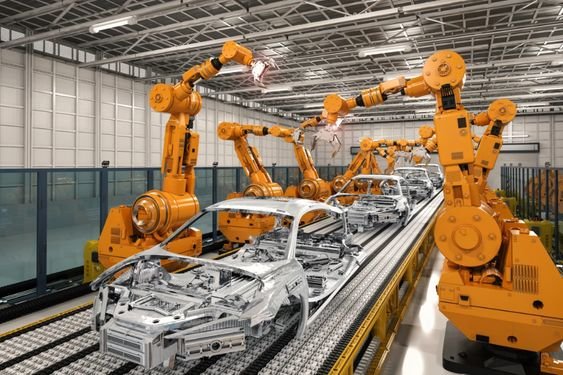
Before the final assembly, quality control ensures that every detail meets the highest requirements, making it a crucial step in commissioning a bespoke automobile body. This phase is critical for finding and fixing problems so that the bespoke body functions dependably and looks perfect.
Inspection of Components
The first stage in the quality control process involves a comprehensive examination of each component. Every panel, trim piece, and component is inspected for flaws or irregularities. This includes inspecting the surface for flaws, making sure everything fits and aligns correctly, and following the design guidelines. For materials such as carbon fiber or fiberglass, testing could entail looking for bubbles, fissures, or variations in the resin. The appropriate finish and weld integrity of metal components are examined.
Dimensional Accuracy
A successful final assembly depends on all components meeting exact dimensional specifications. Measurements are collected to ensure that every element fits together correctly and aligns appropriately. Any modifications made to the design specifications prevent problems from arising during final assembly. This stage prevents gaps or misalignments that detract from the custom automobile body’s overall performance and attractiveness.
Functional Testing
Functional testing is equally vital to quality control, even if fit and appearance are its main concerns. This entails testing the functioning of moving components, including doors and panels, to ensure they work properly. Furthermore, it is essential to test for durability and structural integrity to ensure that the custom body can resist a range of circumstances and forces.
Surface Finishing and Detailing
Assessing the surface finishing and details is the last quality check. This involves ensuring all custom finishes are done correctly, inspecting the paint job for consistency, and looking for imperfections or scratches. In addition to meeting aesthetic standards, proper detailing guarantees a high-quality, polished appearance for the custom automobile body.
Final Adjustments
Any required alterations or changes are made in light of the quality control inspections. To guarantee a precise fit, this may entail touching up paint, resanding surfaces, or making small adjustments. Resolving any problems prior to the final assembly guarantees that the custom body is in ideal condition.
Documentation and Approval
I am finishing the quality control process documentation before the final assembly, which is standard practice. This covers any modifications made, testing results, and remarks on inspections. The client or project lead approves the bespoke body fully, indicating that it satisfies all requirements and is prepared for final assembly.
Ensuring that your custom automobile body is expertly made requires effective quality control. By carefully examining and testing each component, you can ensure that the finished product provides the best possible quality and performance and meets design standards.
Also Read| Tips for Troubleshooting Common AWM99X Issues
Final Assembly and Finishing Touches: Completing Your Custom Car
The process of commissioning a bespoke automobile body culminates with the final assembly and finishing touches, where all the various parts come together to produce a unified and functional vehicle. This phase is essential for guaranteeing that every detail is flawless and that the bespoke body blends in perfectly with the car’s mechanical components.
Assembly of Components
The meticulous integration of the custom body onto the car’s chassis marks the start of the final assembly. This phase demands accuracy to ensure every component fits snugly and aligns precisely. Every part is painstakingly fitted and fastened, from practical pieces like doors and hoods to panels and trim. Alignment receives special attention to guarantee equal gaps, seams, and smooth operation of all moveable parts.
Integration with Mechanical Systems
After it has been assembled, the body must be integrated with the vehicle’s mechanical systems. This involves tying in any added features or adjustments to the current systems, like lighting, electronics, and engine parts. Proper integration ensures that all systems operate as intended and that the bespoke body doesn’t affect the vehicle’s performance.
Final Adjustments and Alignment
Last-minute modifications are made after the initial assembly to ensure everything is in perfect shape. This could entail making necessary adjustments to gaps, fine-tuning panel alignment, and ensuring that all doors, hoods, and other moving components open and close properly. Any small flaws found at this stage are fixed to attain a perfect finish.
Finishing Touches
After assembly, the focus shifts to the finishing details that improve your custom car’s overall appearance. This includes applying the last coats of paint, giving everything a high gloss, and adding any unique accents or detailing. Custom trim, upholstery, and other interior aspects that add to the vehicle’s distinct appearance and feel are also taken care of.
Quality Inspection and Testing
The bespoke car undergoes a thorough quality inspection before it is prepared for delivery. This entails inspecting every part of the car, including the body finish, functionality, and performance. Test drives can be taken to ensure the vehicle is handled correctly and all its systems function as they should. This last round of testing guarantees that the customized vehicle satisfies all design requirements and operates dependably.
Delivery and Presentation
The customized vehicle is ready for delivery after the last examination and any last tweaks. To present the car in immaculate condition, meticulous washing and detailing are required. A previous tour with the client lets you check if the finished vehicle meets their expectations.
Your custom automobile body needs the final assembly and finishing touches to transform from a collection of parts into a completely assembled, working vehicle. Focusing on accuracy, close attention to detail, and extensive testing will help ensure that the finished product works as well as it looks.
Conclusion:
Making your ideal car a reality is a thrilling journey with numerous steps. Ensuring your ideas are effectively expressed and well understood requires starting with a clear vision and working with the right designer. Selecting the finest materials is crucial for the long-term durability and aesthetic appeal of commissioning a body for a commission a body for a custom car.
Your design comes to life during the construction and production phases, and quality control inspections guarantee everything is clear before the final assembly. Putting the final touches on your car ensures it feels and looks perfect.
Ultimately, watching your personalized car come together is different. It represents your distinct taste and style, making it a car that lives up to your standards. With meticulous preparation and professional help, you can turn your vision of the ideal car into a gorgeous, uniquely customized reality.
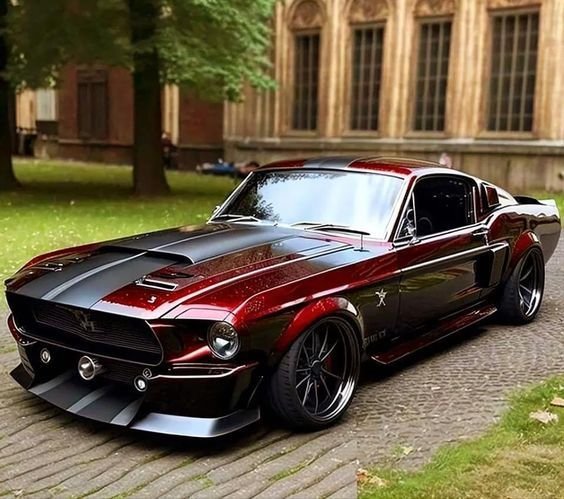



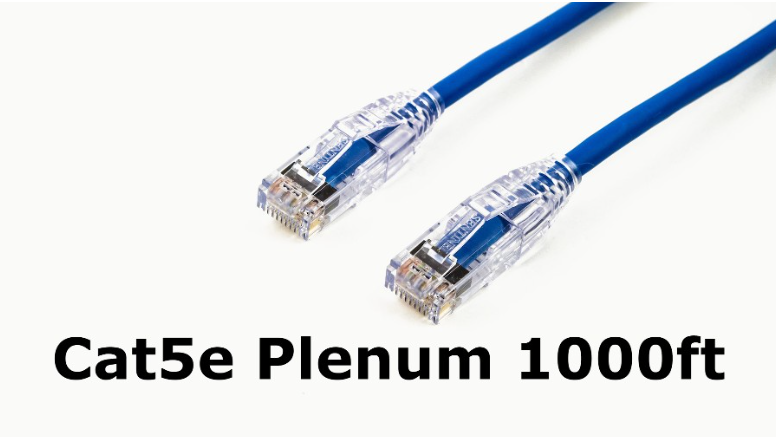
3 thoughts on “How to Commission a Body for a Custom Car: A Complete Guide”